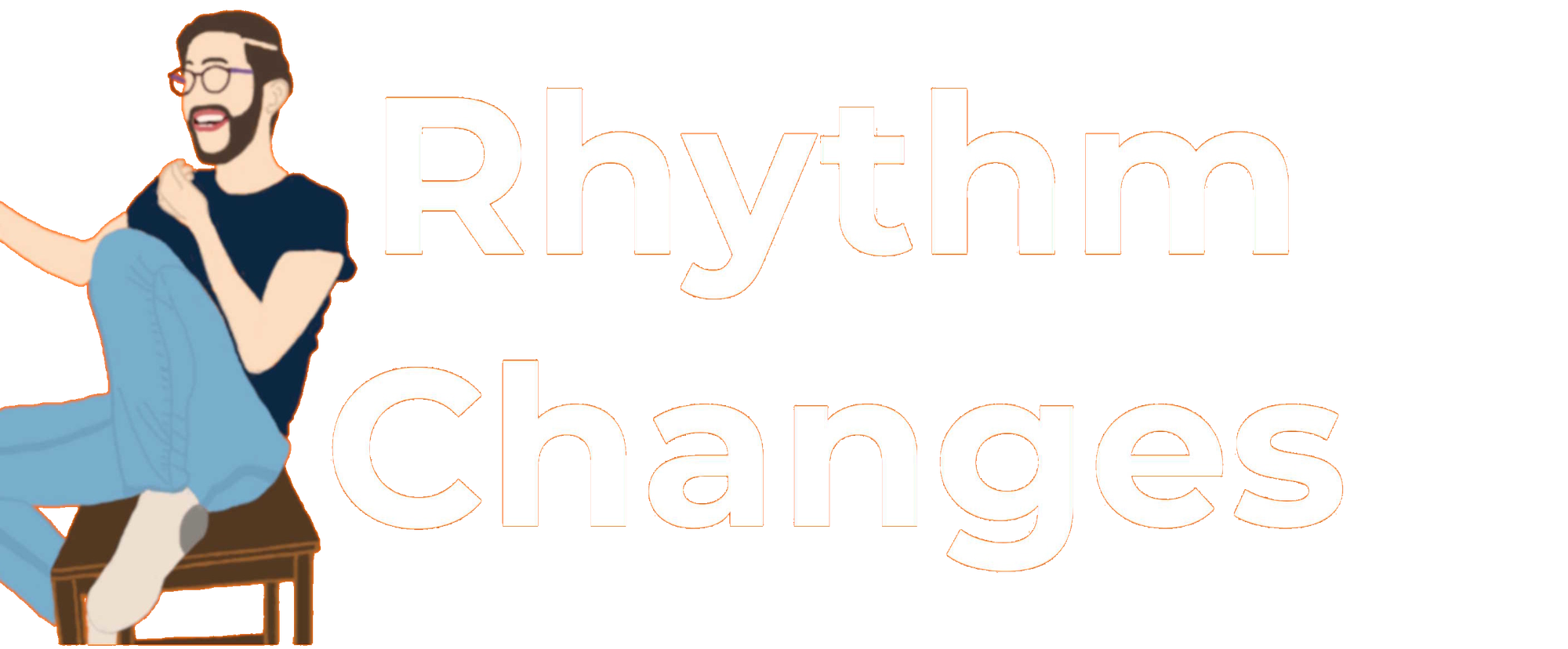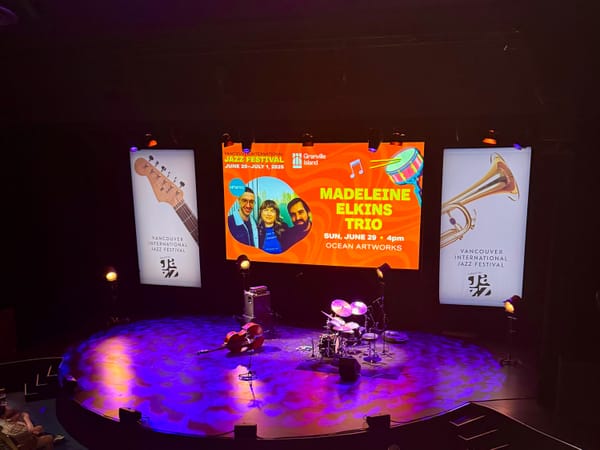Sarah Jerrom - Dream Logic
This album is at times vulnerable and heavy, other times playful and sardonic.

At times vulnerable and heavy, other times playful and sardonic, Dream Logic is the latest offering from Toronto singer, songwriter, and pianist Sarah Jerrom. Taking us on nothing short of a musical odyssey—the album clocks in at 13 tracks and almost 70 minutes—Jerrom’s new release covers an array of subjects from grief and infertility to friendship and “plastic stuff.”
Jerrom is joined on this project by drummer Jeff Luciani, bassist Rob McBride, and guitarist Harley Card, all of whom contribute a considerable amount more than what may be expected from sidemen on a vocal jazz album. And on the subject of genre, vocal jazz may technically be correct, but, let’s just say it’s more complicated than that.
Instrumentally, Dream Logic checks all the vocal jazz boxes. However, in terms of composition and arrangement, Jerrom rides along the border of jazz, folk, and pop for much of the album, often on a track-to-track basis.
Exploring this album
The opening track “Snowblind”, for example, which is set to an uptempo hi-hat-centric rhythm, reads more like prog rock than jazz—at least until the solos start. But once the call-and-response melody (featuring Card on secondary vocals) comes back at the end of the tune with its increasingly multi-layered vocal harmonies, the energy comes to a head and it almost sounds like the number at the end of the first act of a modern musical. All of this works really well to set up what we’re about to hear for the next hour.
Songs like “Illusions”, “Sleeping Buffalo Rises” and “Things That Came Out Of The Sea” are a few examples of the more straight-ahead contemporary jazz selections, Jerrom clearly borrowing influence from Norma Winstone or Kenny Wheeler’s work here.
Sarah Jerrom references Canadian jazz legend Kenny Wheeler—whose origin, like hers, is Ontario’s Niagara region—in an interview for YourTV Niagara
The net is cast a little wider with tracks like “Fata Morgana” featuring overdubbed vocal harmonies and front-and-center guitar effects. “Memorabilia” is the darkest and most emotionally intense cut; it contains some of the more striking harmonic moments and is one of the grander feeling arrangements, conjuring a wall of sound during the guitar solo with use of bowed bass and hefty piano voicings. In fact, I feel like this is a composition that could definitely be revisited in the future and be further elevated by a larger production.
Despite the moody nature of some of the aforementioned tracks, I feel the artist is at her most vulnerable when the singer/songwriter influence is prominent. “Accolade Parade” is like an up-to-date take on Steely Dan’s style of songwriting and arrangement. I think “Rose” is the hidden gem of the album and it’s an indie-americana ballad, with some Frisellian twang-olo thrown in from Card.
Influences on Sarah Jerrom
And I’ll be frank, there are shades of Joni Mitchell all over this record, from the verbose lyrical delivery on Harley Card’s “Plastic Stuff” to the exact E minor-eleventh voicing from “Court and Spark” when the vocals come in on “The Persistence of Water”. But don’t get me wrong, these were the parts of the album that I enjoyed the most.
I mention influences pretty often in my reviews. I know that this is just my own interpretation and I may very well be completely off the mark when I point them out. But every now and then, when an artist has a clear vision and little constraint to create within, they can show you exactly what is inspiring them. When I hear this, I can’t help but relate to it, and more deeply if I too am inspired by that same work.
These moments of inspirational clarity on Dream Logic are not only what I consider to be the highlights of the album, but they are what I feel defines this as a capital-J Jazz record more than any other attribute. Jazz as a genre and a tradition contains a practice of direct and indirect musical interpolation and self-reference, i.e. the use of quotes, licks, and established chord changes to oft-played tunes. Jerrom using the “Court and Spark” chord is no different. Hearing it felt the same as hearing somebody busting out one of those long, over-the-barline Bird licks at a jam session or J Dilla sampling the Isley Brothers on “Bye”.
Good artists steal
The term “good artists steal” comes to mind, however it has always felt a bit reductive to me. Does one steal their parents’ accent? Are you stealing that joke you’re sure will crack up a particular friend? If an artist is using a reference to express themselves, that doesn’t mean they’re being derivative, it usually just means they’re human.
With Dream Logic, Sarah Jerrom simply uses allusion as another tool from her toolbox, along with the use of strong melody writing, compelling storytelling—both in the form of lyrics and musical arrangement—to craft what is a beautiful, unique, and deeply personal work, which is all any artist can ask for.
Find this album on Bandcamp here.
The artist maintains the link above. If the link broke, please contact Rhythm Changes, and thank you for the heads-up.




